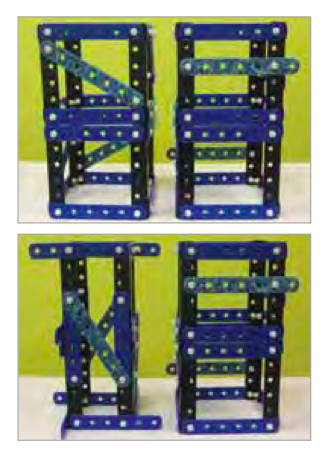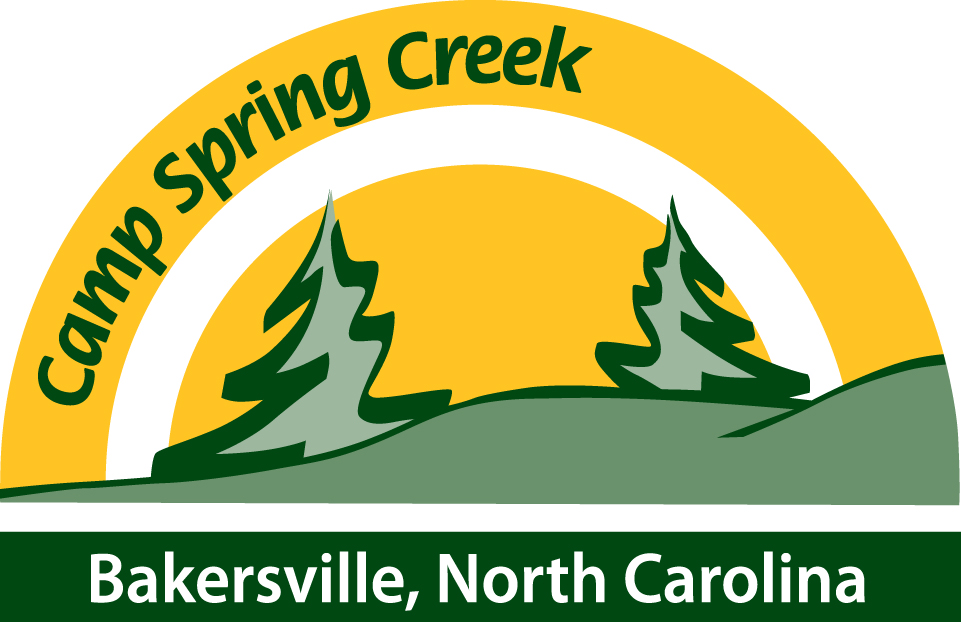This content is copyrighted to American Educator and is an excerpt from a longer work written by Nora S. Newcombe. We found it so compelling, we wanted to share, along with one more post on this theme to be released in a few days: Ways to fit spatial learning into the preschool or home learning environment:
- Select spatially challenging books for young children. For example, Zoom is a book in which attention continually zooms in to finer and finer levels of detail. Verbal and gestural support for children in dealing with the book’s conceptual and graphic challenges is correlated with children’s scores on spatial tests.
- Use odd-looking as well as standard examples when teaching the names of geometric shapes such as circle, square, and triangle (e.g., a tipped, skinny, scalene triangle as well as an equilateral triangle pointing up). Showing these kinds of shapes supports learning that triangles are any closed figure formed by three intersecting straight lines.
- Encourage young children to gesture. Research has found that when children are asked whether two shapes can be fit together to make another shape, they do significantly better when encouraged to move their hands to indicate the movements that would be made in pushing the shapes together. Some children do this spontaneously, but children who do not will perform better when asked to gesture.
- Ask children to imagine where things will go in simple “experiments.” For example, preschoolers are prone to think that dropped
 objects will appear directly below where they were released, even when they are dropped into a twisting tube with an exit point far away. But, when asked to visualize the path before responding, they do much better. Simply being asked to wait before answering does not help—visualization is key.
objects will appear directly below where they were released, even when they are dropped into a twisting tube with an exit point far away. But, when asked to visualize the path before responding, they do much better. Simply being asked to wait before answering does not help—visualization is key. - Do jigsaw puzzles with children; they have been found to predict good spatial thinking, especially when coupled with spatial language (e.g., Can you find all the pieces with a flat edge?). Similarly, play with blocks is a great activity in itself, and it increases use of spatial language.
- Use maps and models of the world with children as young as 3.
- Develop analogies to help young children learn scientific ideas, such as the principle of how a brace supports a building. Consider the two photos below. In the one on top, comparing the two structures is relatively easy because the only difference is whether the braces diagonal or horizontal, but on the bottom the comparison is more difficult because the two structures differ in several ways. When children shake these structures to see how much they wiggle, they are much more likely to conclude that a diagonal piece increases stability when interacting with the display on top.
